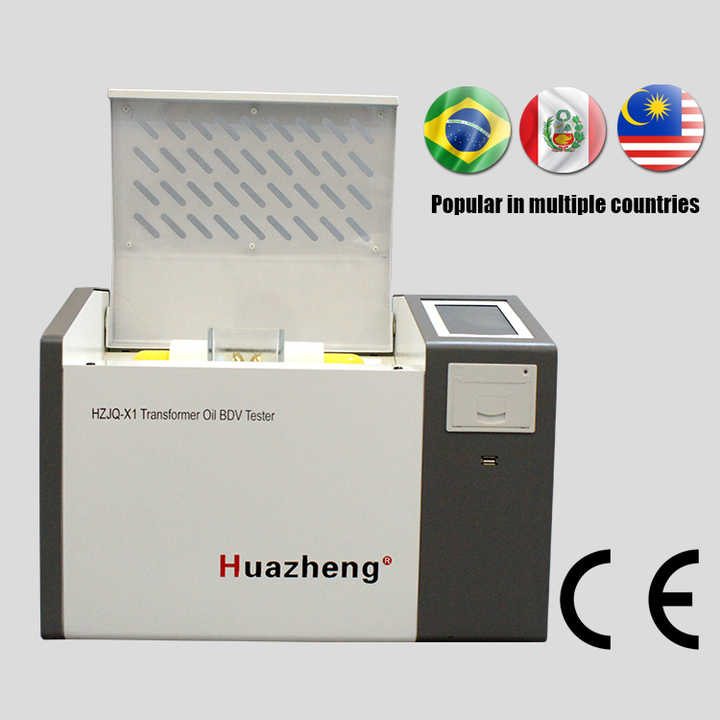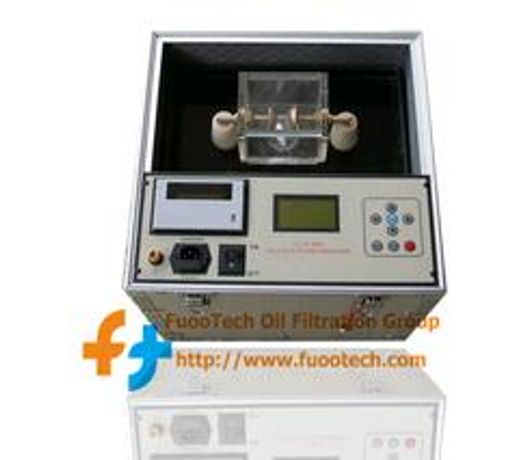Transformer Oil Recovery Services: Cost-Effective Upkeep and Sustainability
Wiki Article
Comprehending Dielectric Transformer Oil: Necessary Benefits and Uses
Dielectric transformer oil offers as an essential part in the procedure of electric transformers and high-voltage equipment, operating primarily as a protecting tool. As we explore the several benefits and uses of dielectric transformer oil, one have to take into consideration just how its role influences not just tools dependability, but additionally more comprehensive operational considerations.What Is Dielectric Transformer Oil?
Dielectric transformer oil is a customized shielding liquid utilized in electrical transformers and other high-voltage electrical equipment. Unlike traditional oils, dielectric oil is particularly created to have high dielectric stamina, which allows it to endure considerable electric stress and anxiety without conducting power.Normally stemmed from mineral oil or synthetic resources, dielectric transformer oil satisfies stringent industry criteria for purity and efficiency. Its chemical composition is thoroughly designed to lessen the risk of oxidation and destruction in time, which is essential for maintaining the oil's shielding buildings.
Along with its shielding attributes, dielectric transformer oil works as a coolant, taking in and transferring warmth produced by electrical elements during procedure. This dual capability is important for enhancing the overall performance and life expectancy of transformers. In addition, dielectric oils are subject to strenuous testing to make certain compatibility with numerous materials and to stop unfavorable responses that might compromise system honesty. Generally, dielectric transformer oil is an essential part in the trusted and risk-free operation of electric infrastructure.

Trick Advantages of Dielectric Oil
While dielectric transformer oil serves critical features in electric systems, its benefits expand beyond simple insulation and air conditioning. One of the main benefits of dielectric oil is its high dielectric toughness, which successfully prevents electric failure, ensuring the safe operation of transformers and other high-voltage devices. This home is critical in keeping the reliability and long life of electric systems.In addition, dielectric oil has superb thermal conductivity, enabling effective warm dissipation. This characteristic decreases the threat of overheating, thus extending the life-span of transformers and decreasing maintenance expenses. The oil's chemical stability and resistance to oxidation contribute to its durability, making sure consistent efficiency over time.
Another significant advantage is its capability to reduce arcing and corona discharge, which can harm electric components. By offering a secure tool for electric power transfer, dielectric oil boosts operational safety and security.

Applications of Dielectric Transformer Oil
Dielectric transformer oil plays an essential role in various applications within the electrical sector, mainly as a result of its distinct insulating and cooling down residential or commercial properties. Among its key usages is in power transformers, where it offers to promote and protect interior components heat dissipation. This is critical in keeping operational effectiveness and durability.In addition to power transformers, dielectric oil is likewise used in circulation transformers, guaranteeing dependable and risk-free power distribution. Its high recommended you read dielectric toughness avoids electric discharges, therefore minimizing the danger of failings and boosting system integrity. Dielectric transformer oil is utilized in reactors and capacitor banks, where it executes comparable functions, securing sensitive tools from electrical malfunction.

Maintenance Considerations
Proper upkeep of dielectric transformer oil is necessary to guarantee optimal performance and durability of electric tools. Routine monitoring of the oil's physical and chemical homes is vital to find any type of deterioration that might harm the insulation and cooling down capabilities. Key specifications to evaluate consist of wetness material, acidity, and dielectric stamina.Periodic sampling and lab analysis can recognize the presence of pollutants such as liquified gases, particulates, and oxidation by-products. These evaluations assist in figuring out the oil's problem and whether it needs therapy moved here or substitute. Filtering systems can be employed to eliminate particulates and moisture from the oil, restoring its protecting homes and extending its life expectancy.
Additionally, preserving appropriate operating temperatures is essential; too much warmth can increase oil deterioration (dielectric transformer oil). Carrying out temperature level monitoring systems can assist in identifying overheating problems early
Environmental Influence and Security
In assessing the ecological influence and safety and security of dielectric transformer oil, it is crucial to take into consideration both its make-up and potential threats. Usually acquired from mineral or artificial sources, dielectric oils can vary significantly in their ecological impact.Safety and security worries mainly revolve around flammability and toxicity. Dielectric oils can be combustible, necessitating correct storage space and managing procedures to alleviate fire dangers. Specific additives used in transformer oils might introduce toxicological dangers, highlighting the significance of choosing oils with beneficial security profiles.
Regulatory conformity is also crucial (waste transformer oil). Adhering to environmental policies and security criteria guarantees that the usage of dielectric transformer oils lessens negative influence on human health and wellness and the ecosystem. In verdict, recognizing the environmental implications and security protocols related to dielectric transformer oils is necessary for responsible use in electric applications
Conclusion
In summary, dielectric transformer oil serves as a critical part in improving the safety and performance of electrical transformers and high-voltage equipment. Consideration of environmental effect and safety more emphasizes the relevance of click for more info dielectric transformer oil in contemporary electric facilities.Dielectric transformer oil serves as an essential element in the procedure of electric transformers and high-voltage devices, functioning mainly as an insulating tool. Dielectric transformer oil is a specific protecting liquid used in electric transformers and various other high-voltage electric devices. Unlike standard oils, dielectric oil is particularly formulated to possess high dielectric stamina, which allows it to stand up to significant electrical tension without carrying out electrical energy.
One of the key benefits of dielectric oil is its high dielectric stamina, which efficiently stops electrical failure, guaranteeing the safe operation of transformers and other high-voltage tools.In summary, dielectric transformer oil serves as a crucial element in enhancing the safety and performance of electrical transformers and high-voltage devices.
Report this wiki page